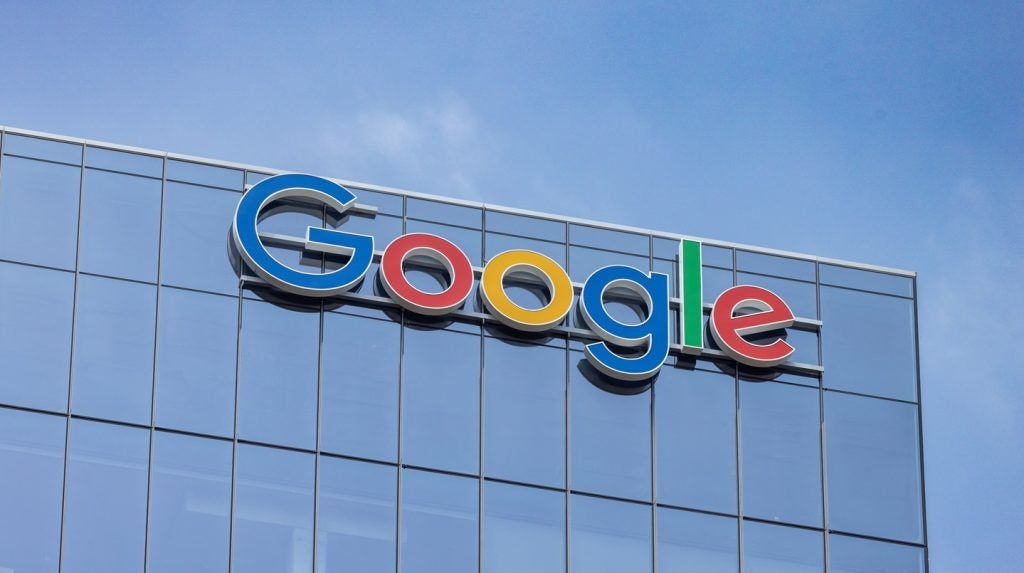Gong I.O. has filed a patent for a system and method that generates a multi-label classifier for textual data. The method involves training multiple single-label classifiers to classify textual data to predefined revenue-based labels. The multi-label classifier is then trained using the labeled data output by the single-label classifiers to classify textual data to a vector that includes revenue-based labels and their respective classification scores. GlobalData’s report on Gong I.O gives a 360-degree view of the company including its patenting strategy. Buy the report here.
According to GlobalData’s company profile on Gong I.O, Quantum machine learning was a key innovation area identified from patents. Gong I.O's grant share as of September 2023 was 32%. Grant share is based on the ratio of number of grants to total number of patents.
Generating a multi-label classifier for textual data
A recently filed patent (Publication Number: US20230306051A1) describes a method for generating a multi-label classifier of textual data. The method involves training a plurality of single-label classifiers to classify textual data into predefined revenue-based labels. These single-label classifiers are then used to train a multi-label classifier that can classify textual data into a vector including revenue-based labels and their respective classification scores.
To train each of the single-label classifiers, a training dataset for the predefined revenue-based label is received, which includes pre-labeled textual data. An embedding engine is trained using this dataset to generate contextual vector embeddings for the pre-labeled textual data. A labeling model is also trained using the training data to output the classification score and a labeling decision for the predefined revenue-based label.
The labeling decision is determined by comparing the classification score to a predefined threshold value. If the score is greater than the threshold, the labeling decision is determined as a label. If the score is not greater than the threshold, the labeling decision is determined as no-label.
The method also includes inputting a training dataset of the predefined revenue-based label to the single-label classifiers, determining the classification score and labeling decision for the pre-labeled textual data using each of the classifiers, and combining the determined classification scores and labeling decisions to create at least one training vector. This labeled data output includes the pre-labeled textual data and the associated training vector. The process is iteratively repeated for other single predefined revenue-based labels.
The textual data that can be classified using this method includes emails, short message systems (SMS), slack messages, and chat logs.
Once the multi-label classifier is trained, it can be used to classify textual data by receiving the data, reading it using the trained classifier, determining the classification scores for each revenue-based label, generating a vector including the scores and labeling decisions, identifying the revenue-based label based on the scores, and storing the textual data with the identified revenue-based labels.
The system described in the patent includes a processing circuitry and a memory containing instructions for training the single-label classifiers and the multi-label classifier. It can also receive training datasets, train the embedding engine and labeling model, determine labeling decisions, and store and display the textual data with the identified revenue-based labels.
In summary, this patent describes a method and system for generating a multi-label classifier of textual data, allowing for efficient classification of textual data into revenue-based labels using a combination of single-label classifiers and a multi-label classifier.
To know more about GlobalData’s detailed insights on Gong I.O, buy the report here.
Data Insights
From

The gold standard of business intelligence.
Blending expert knowledge with cutting-edge technology, GlobalData’s unrivalled proprietary data will enable you to decode what’s happening in your market. You can make better informed decisions and gain a future-proof advantage over your competitors.







